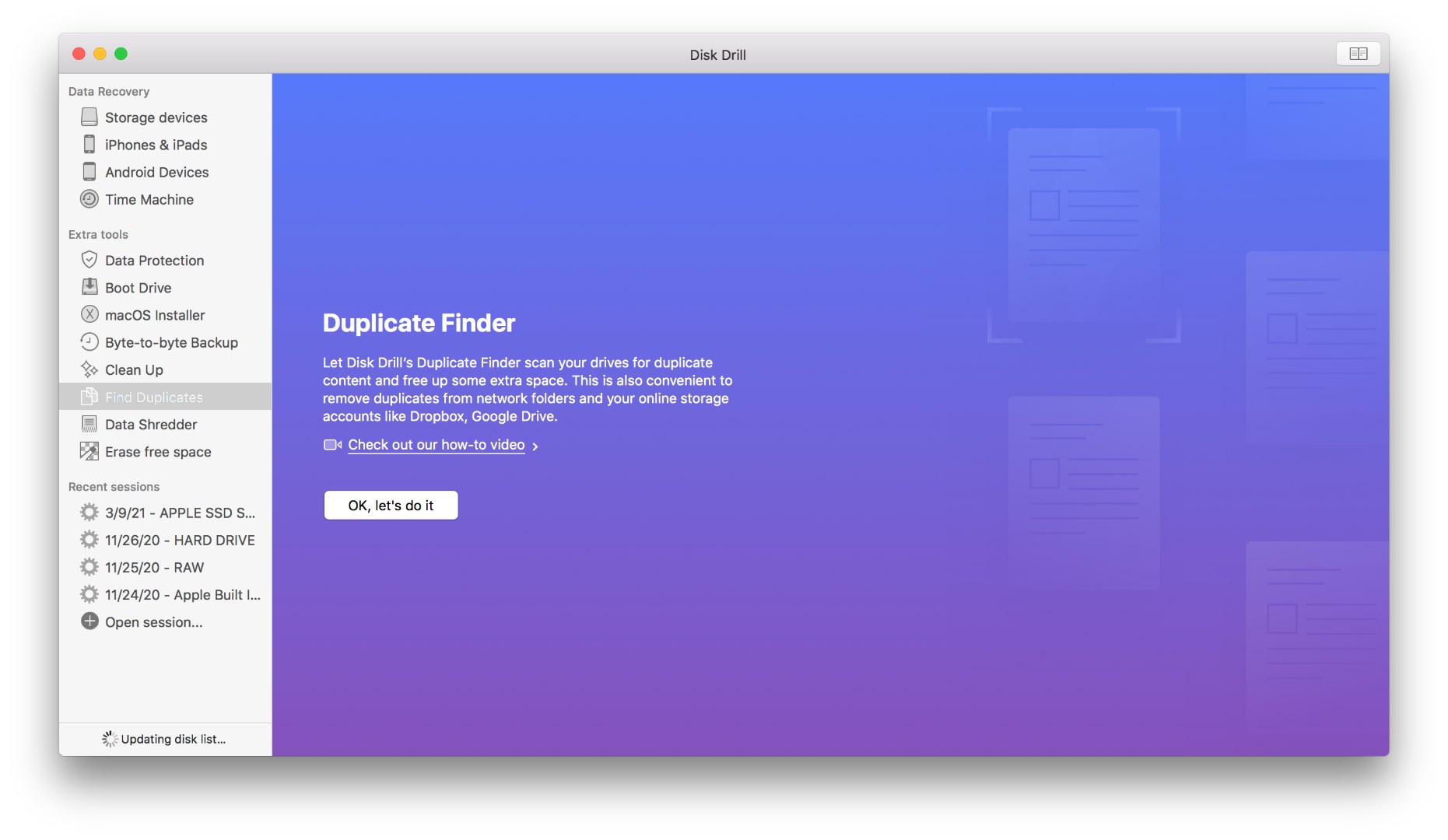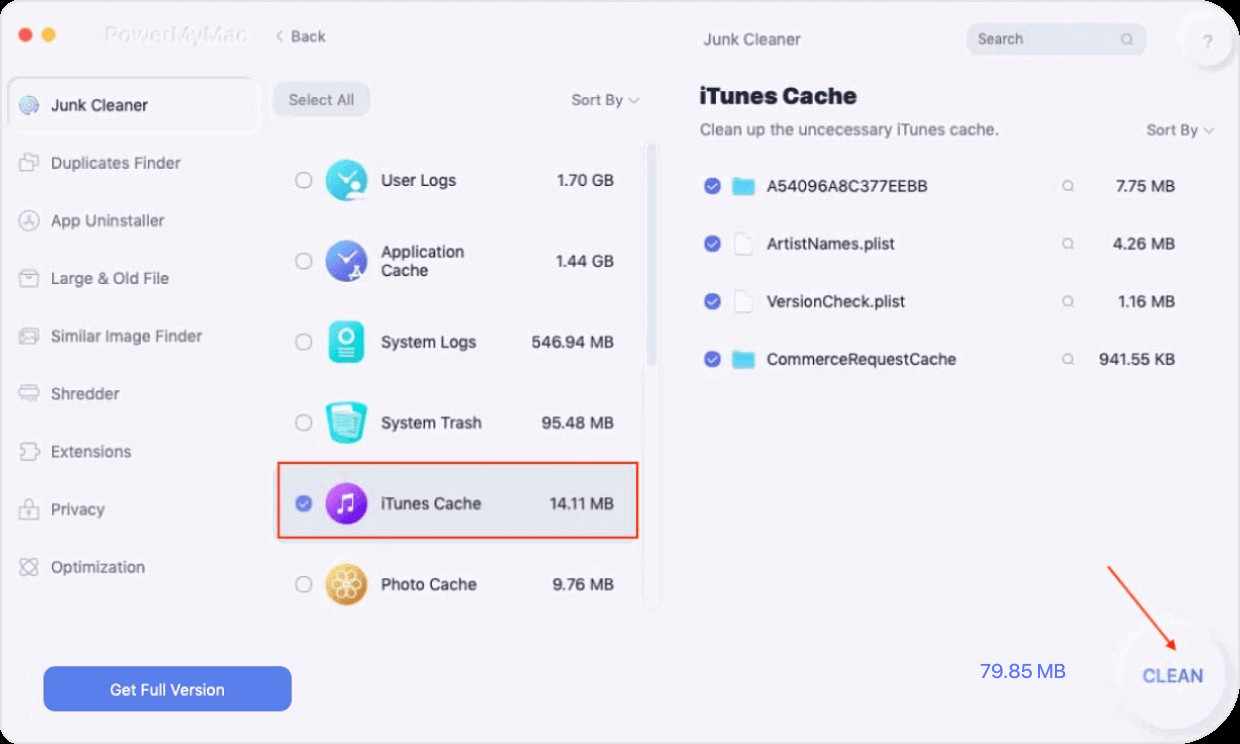
/FreeSpace-5769c0b53df78ca6e47b709f.jpg)
- #Analyze mac system storage mac os x#
- #Analyze mac system storage install#
- #Analyze mac system storage update#
- #Analyze mac system storage upgrade#
If you are a creative or photographer, who needs to store lots of files on your MacBook Pro, by all means, bump up your storage even further. If money is less of a factor, consider bumping that up to 2TB on either version. Sticking with my thoughts about not buying the least expensive model, I would suggest going with at least 512GB (or 1TB) for the 13-inch model and 1TB for the 16-inch model. I don't believe 256GB is nearly enough for most users and that the minimal amount of storage should be avoided. and analyze our DRAM and SSDs for nearly every system imaginable.
#Analyze mac system storage upgrade#
The 16-inch MacBook Pro models comes with 512GB, 1TB, 2TB, 4TB, or 8TB. Crucial Upgrade Advisor Find the right memory and storage upgrade for your computer: System scanner: Lets get started. With this in mind, Apple currently offers the 13-inch M1 model with 256GB, 512GB, 1TB, and 2TB, while the four-port Intel model comes with 512GB, 1TB, 2TB, and 4TB. The storage available on this model differs from the Intel-based models that remain on the market. One of these is the MacBook Pro (13-inch, M1, 2020). In late 2020, Apple introduced the first Apple silicon-based Macs. The purgeable space can be found inside the hidden space item.Īs a useful addition, you can use DaisyDisk to also forcedly reclaim the purgeable space, if necessary.When looking for a Macbook Pro and deciding which storage size you should get, there are a few things to consider. Notice that you can separately see free space and free + purgeable, the latter corresponding to the “available space” in About This Mac. DaisyDisk to the rescueĭaisyDisk clears this confusion by showing separately how much space is actually used by files and by the purgeable space, and therefore how much space is currently available to the applications. This can make the System look unnecessarily bloated on the chart of About This Mac. In result, the purgeable space is allowed to grow until 80% of the disk is occupied. Keeps saving hourly temporary snapshots for the Time Machine and deletes them only when necessary. This happens because in macOS High Sierra, the purgeable space is included into the System category, unlike previous macOS versions, which used to have a special category - Purgeable.Īnd the amount of purgeable space in macOS High Sierra has also grown compared to the previous versions, because the new APFS file system In certain cases you’ll notice that you may still have a lot of available space, but it’s simply not shown on the chart. Next, look at the figure of available space. In addition to tools for cleaning disk space, CleanMyMac X includes tools for freeing up RAM, managing Login Items, and performing routine system maintenance. CleanMyMac X does a whole lot more than just manage your disk space. You may find some temporary files or caches that were not disposed properly. They help you analyze and manage disk space, but they don’t do much beyond that. So, the first thing you can do is to scan your disk with DaisyDisk and look for space hogs in areas such as /System, /private, ~/Library and others.

It includes not only the /System folder, but also many other folders related to macOS and applications all over your disk. The System is a bit of a catch-all category. Particularly, the System category appears to take an unreasonable lot of space. The protocol of NFS is one of the several distributed file system standards for Network-Attached Storage (NAS).

#Analyze mac system storage update#
It is a client-server architecture that allows a computer user to view, store, and update files remotely. Applications : NFS NFS stands for Network File System.

#Analyze mac system storage mac os x#
Many users who upgrade to macOS High Sierra get confused by what they see in About This Mac > Storage window. Mac OS X 10.7 (lion) and onwards supports Mac OS X DFS.
#Analyze mac system storage install#
Note: if you are looking for an alternative for Linux, you are looking for KDirStat ( apt-get install kdirstat or apt-get install k4dirstat on Debian-derivatives) or QDirStat and for MacOS X it would be Disk Inventory X or GrandPerspective. System taking too much space on macOS High Sierra About This Mac > Storage WinDirStat is a disk usage statistics viewer and cleanup tool for various versions of Microsoft Windows.


 0 kommentar(er)
0 kommentar(er)
